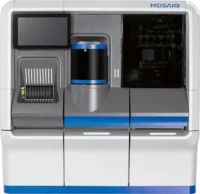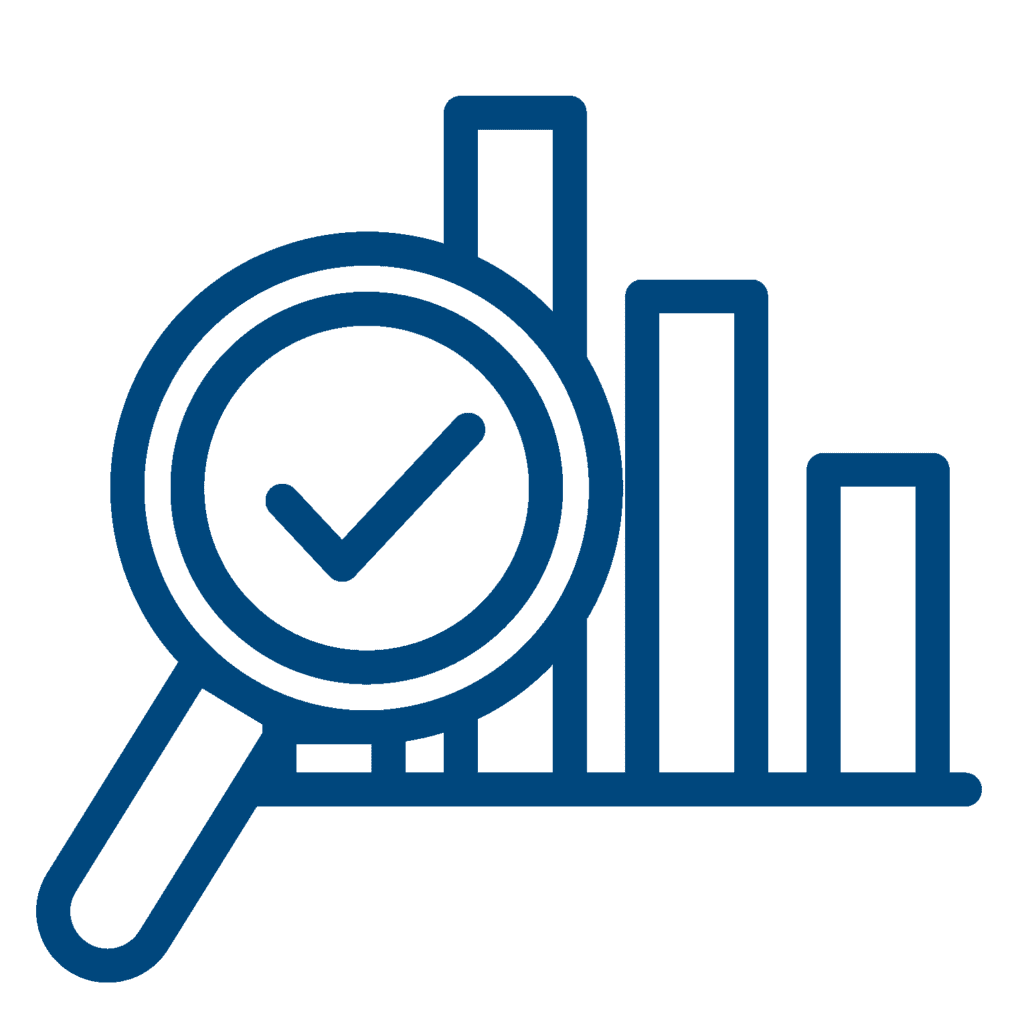IVDR-CE Marked
MosaiQ®
AiPlex® CTDplus
Connective Tissue Disease
Microarray Solution for the MosaiQ Platform
Designed to provide comprehensive CTD diagnostic insights and workflow efficiency
Connective Tissue Diseases (CTD’s)
Autoimmune connective tissue diseases (CTD’s) are complex disorders that may present with a wide spectrum of non-specific manifestations and the differential diagnosis remains clinically challenging.1 These difficulties frequently result in prolonged times between onset of symptoms and diagnosis.1 Evaluation of multiple autoantibodies may assist clinicians in the assessment of these conditions.
There are many different types of Connective Tissue Diseases (CTD’s), such as Systemic Lupus Erythematosus (SLE), Sjögren’s Syndrome (SjS), Systemic Sclerosis (SSc). Rheumatoid Arthritis (RA) is also considered a connective tissue disease.
Diagnosing autoimmune diseases can often be lengthy and complex.

Fast, Accurate, Comprehensive
Includes most of the key markers recommended by clinical guidelines2-8 (including ACR and EULAR.2-6)
As the prevalence of autoimmune rheumatic disorders such as RA continues to grow9, the demand for high-throughput testing solutions will increase. Autoantibody panels may also help identify common comorbidities within connective tissue diseases. Results for anti-dsDNA and anti-CCP are standardized against WHO standards in IU/ml, while other markers are assessed semi-quantitatively.
MosaiQ AiPlex® CTDplus: Key Markers on One Panel
Connective Tissue Disease
DFS70/LEDGF*
Anti-DFS70 confirms specific anti-nuclear antibodies pattern observed in immunofluorescence.
Rheumatoid Arthitis
CCP
Anti-CCP in combination with other markers can help identify connective disease comorbidity.
Systemic Lupus Erythematosus
dsDNA, Sm, Sm/RNP, Chromatin, Ribosomal P, SS-A 60, SS-B, TRIM21 (SS-A 52)
Anti-Chromatin improves the sensitivity of SLE detection. Anti-Ribosomal P is associated with neuro-psychiatric SLE.
Idiopathic Inflammatory Myopathies
Jo-1
Anti-Jo-1 are the only autoantibodies included in the current IIM classification criteria.
Mixed Connective Tissue Disease
U1RNP and Sm/RNP
Anti-U1RNP and anti-Sm/RNP help to differentiate MCTD.
Sjögren’s Syndrome
SS-A 60, SS-B, TRIM21 (SS-A 52)**
Differentiating anti-SS-A 60 from TRIM21 (Anti-SSA 52) is important as TRIM21 may be associated with interstitial lung disease (ILD).
Systemic Sclerosis
CENP-B, Scl-70, RNA Pol III
CENP-B, Scl-70 and RNA Pol III aid the differentiation between diffuse and limited form of SSc.
* Available outside of the U.S.A.
** Anti-TRIM21 autoantibodies have been independently associated with ILD in CTD patients irrespective of CTD type.18
Comprehensive CTD Diagnostic Insights and Workflow Efficiency
*RFID = Radio Frequency Identification

AiPlex CTDplus for the MosaiQ platform is designed to help reduce time-to-diagnosis for patients with CTD


Simple Workflow

Fast Results

Actionable Insights
Curious to learn how the MosaiQ AiPlex CTDplus assay can help your lab?
1 Kernder A. Rheumatol Int. 2023;43(8):1453.
2 Ochs RL. Clin Exp Med. 2016;16(3):273-93.
3 Damoiseaux J. Ann Rheum Dis. 2019;78(7):879-889.
4 Mariz HA. Arthritis Rheum. 2011;63:191-200.
5 Mahler M. Autoimmun Rev. 2012;11:642–645.
6 Aletaha D. Arthritis Rheum. 2010;62(9):2569-2581.
7 Aringer M. Ann Rheum Dis. 2019;78:1151-1159.
8 Mahler J. Immunol Res. 2014; 2014: 315179.
9 Bizzaro N. Autoimmun Rev. 2012;12(2):97-106.
10 Pisetsky DS. Nat Rev Rheumatol. 2020;16(10):565-579.
11 Choi MY. Autoimmun Rev. 2020;19(3):102463.
12 Lundberg IE. Arthritis Rheumatol. 2017;69(12):2271-2282.
13 Alarcón-Segovia D. J Rheumatol. 1989;16(3):328-334.
14 Tanaka Y. Modern Rheumatology. 2021;31(1):29-33.
15 Shiboski CH. Arthritis Rheumatol. 2017;69(1):35-45.
16 Decker P. Eur J Intern Med. 2021;91:45-52.
17 van den Hoogen F. Arthritis Rheum. 2013;65(11):2737-2747.
18Decker P. Eur J Intern Med. 2021;91:45-52.
© AliveDx Suisse SA, 2024. AliveDx, the AliveDx logo, AiPlex and MosaiQ are trademarks or registered trademarks of AliveDx group companies in various jurisdictions. Menus and capabilities are subject to change. Subject to regulatory authorization, not all methods may be available in all territories.